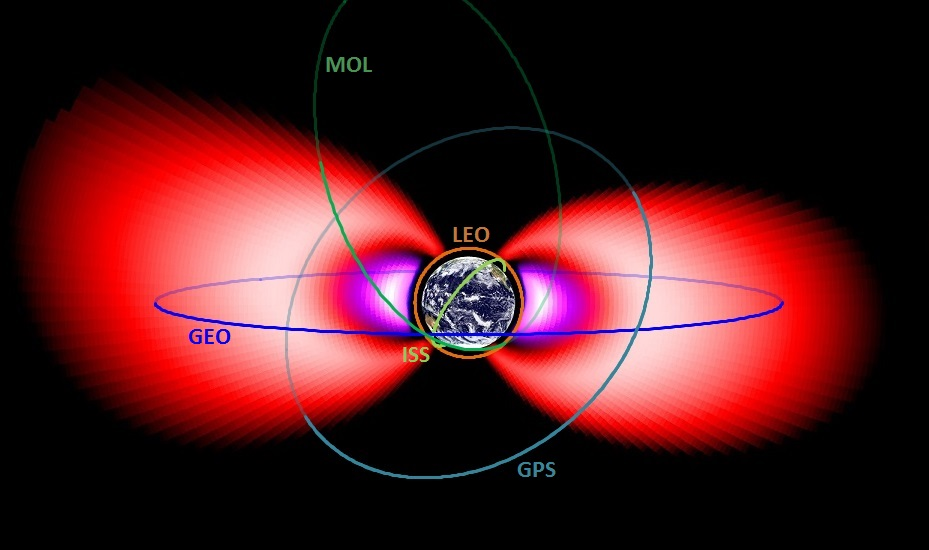Speaker
Description
There is a need to be able to produce survivability specifications for the natural radiation environment and the resulting effects for a spacecraft mission. Over the years more environment models have become available for the various sources of the natural radiation environment. These sources include Earth’s atmosphere, trapped radiation, solar plasma, solar energetic particles, and galactic cosmic rays. These host of models have been developed with the goal to predict the state of these sources at any point in space at any given time. There are also a wide range of radiation transport modeling options to choose from to calculate the particle and energy spectra that arrive at the regions of the spacecraft where effects are needed to be known for proper part, material and shielding selections. The fidelity of radiation transport that is required can vary greatly depending on mission parameters and requirements. The more detailed transport can be costly in terms of time and computation resources and if such detail isn’t needed then more approximated and faster options can be chosen. The resulting environment at the regions of interest are then used as inputs to response functions and effects models to determine the kinds of effects that can be expected in mission. A spacecraft mission planner desires to have the results from the chain of models for environmental, radiation transport and effects that are thought to provide the required accuracy while minimizing the resources needed for the assessment for that particular spacecraft mission. It is also desirable to be able to easily add in new models as they become available and to compare to legacy specifications that were created using older model tool chains. The Space Environment Effects Digital Laboratory is under development at Aerospace that will allow for ‘a la carte’ model selection that permits any included models to be chained together into an integrated package, that will then produce concise templated reports with data and graphs of the environment and effects to spacecraft components for a specified mission or comparing various notional missions for a given spacecraft geometry.

